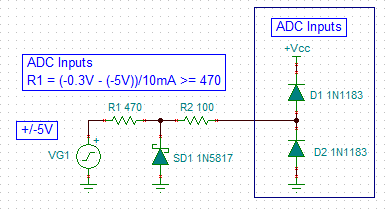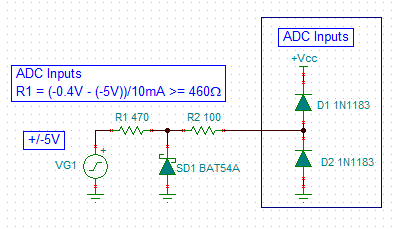Hi,
I am using an ADC ADS1115 and I am using an high input impedance precision opamp as a voltage follower as opamp buffer before the ADC. The purpose of this setup is to measure feeble voltage of an electrochemical cell. Connecting to ADC directly will load the electrochemical cell so I am using opamp buffer. Electrochemical cell voltage may vary from -200mV to +200mV. As per datasheet ADS1115 can sustain -300mV at an input pin and can measure it using 2s complement method with MSB as 1 for negative voltages.
8 pin Opamp has standard pinout
I have applied +-5 V dual rail supply at Vdd and Vss of opamp. The output pin 6 is connected to inverted input pin 2. And pin 3 is signal input. So everything is same as an opamp voltage follower should be.
When I power up the circuit , the output voltage swings to +ve rail and in my other samples of the precision opamp, it swings to negative rail when no input is connected to pin 3 and it is left floating.
However when I connect actual voltage input to pin 3 then it works fine and precise and follows the voltage properly and neatly.
My concern is why does output swings to either +ve or -ve rail with pin 3 left floating ? The negative swing of -5V may have damaged my ADS1115 perhaps.
My main issue is to interface the output to an ADC to measure both +ve and -ve voltage output but I cannot stress the input pin of ADC to -0.3 to Vdd+0.3V. I have already damaged one ADC module with this. Please suggest if Opamp is working ok and if I need ADC input protection. And if I need ADC protection then please recommend proper design for ADS1115 input protection with current limit resistor values.



